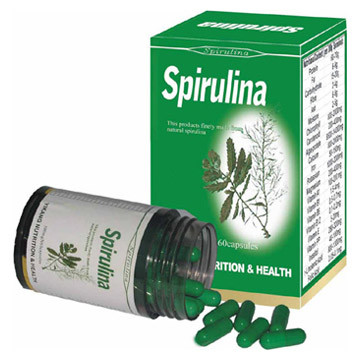It is a blue green bacterium that is cultivated worldwide to produce
a dietary supplement not only to humans, but also poultry, aquariums and
aquaculture. It is a free floating filamentous bacterium that has a
characteristic cylindrical shape with multicellular trichomes in a helix
design. In the old days, it was used as a food source for Aztecs and other
Mesoamericans where they usually gather it from Lake Texcoco and subsequently
called it ‘techuitlatl’. Nowadays, people harnessed open channels of water to
mass produce it and some prominent countries which produces it are the U.S.,
Thailand, China, Pakistan, Greece, Burma, Taiwan, India and Chile. It is better to check out leading pharmacies and stores to compare
prices when you buy Spirulina .
Nutritional Facts and Vitamin Contents
A dried sample of Spirulina is a good source of protein, and
contains all the needed and essential amino acids. It is quite superior to
typical proteins from plants and can be compared to milk and meat protein. It
is also a reliable source of Vitamin B12 and other nutrients like
gamma-linolenic acids, linolenic acids, alpha-linolenic acids, stearidonic
acids, eicosapentaenoic acids, and arachidonics. Here is the list of other
important nutrients found in spirulina:
·
Thiamine – B1
·
Riboflavin – B2
·
Nicotinamide – B3
·
Pyridoxine – B6
·
Folic Acid – B9
·
Vitamins C and D
·
Vitamin E
·
Potassium
·
Calcium
·
Copper
·
Iron
·
Chromium
·
Selenium
·
Zinc
·
Manganese
·
Magnesium
·
Beta-carotenes
Commercially Produced Spirulina
Ever
since then, Spirulina has been made to provide thousands of people the benefits
of it and are usually in capsules or tablet forms. Other forms are powdered and
ground. A
tablet is enough to contain Click here to know more about this

No comments:
Post a Comment